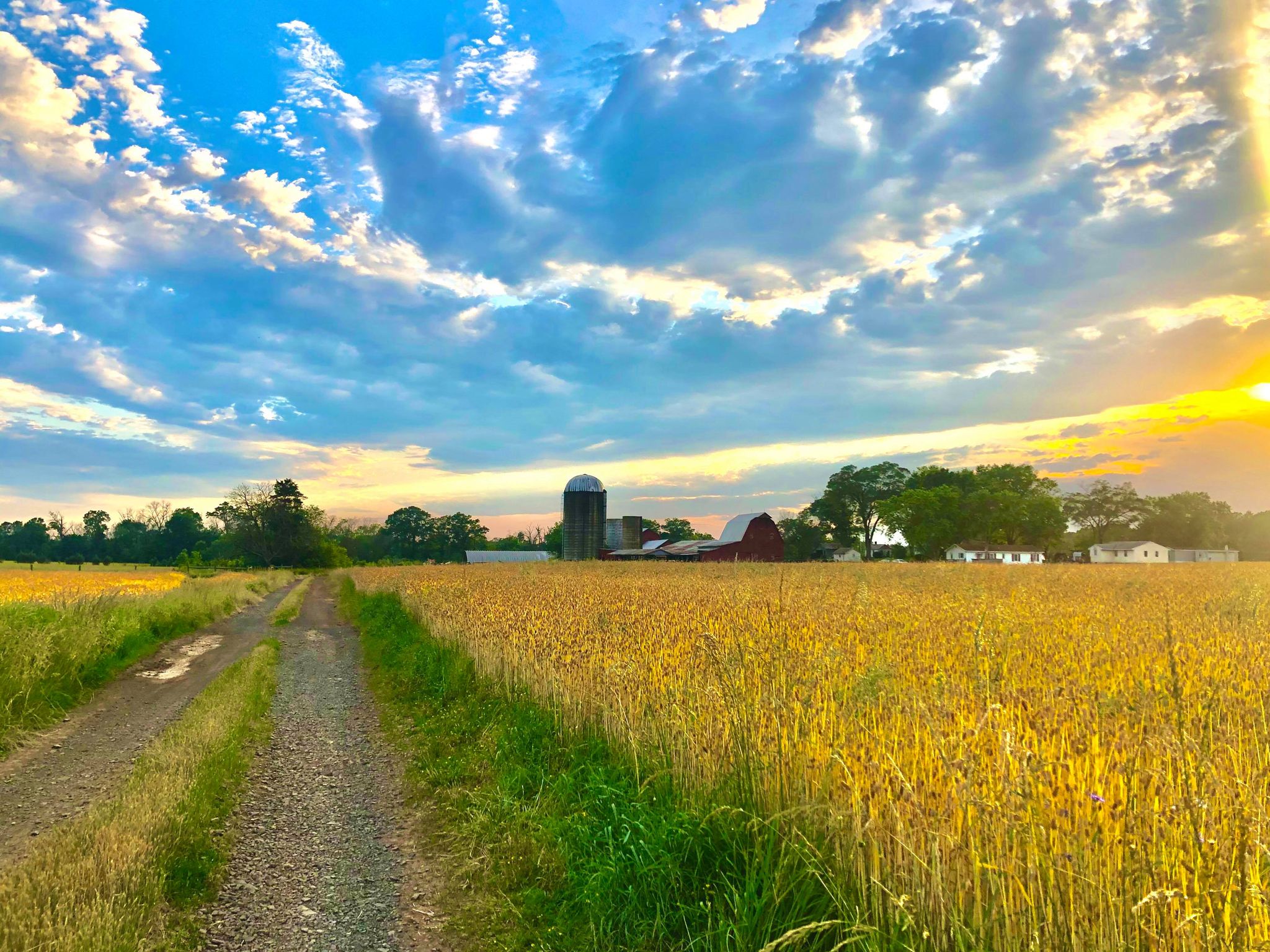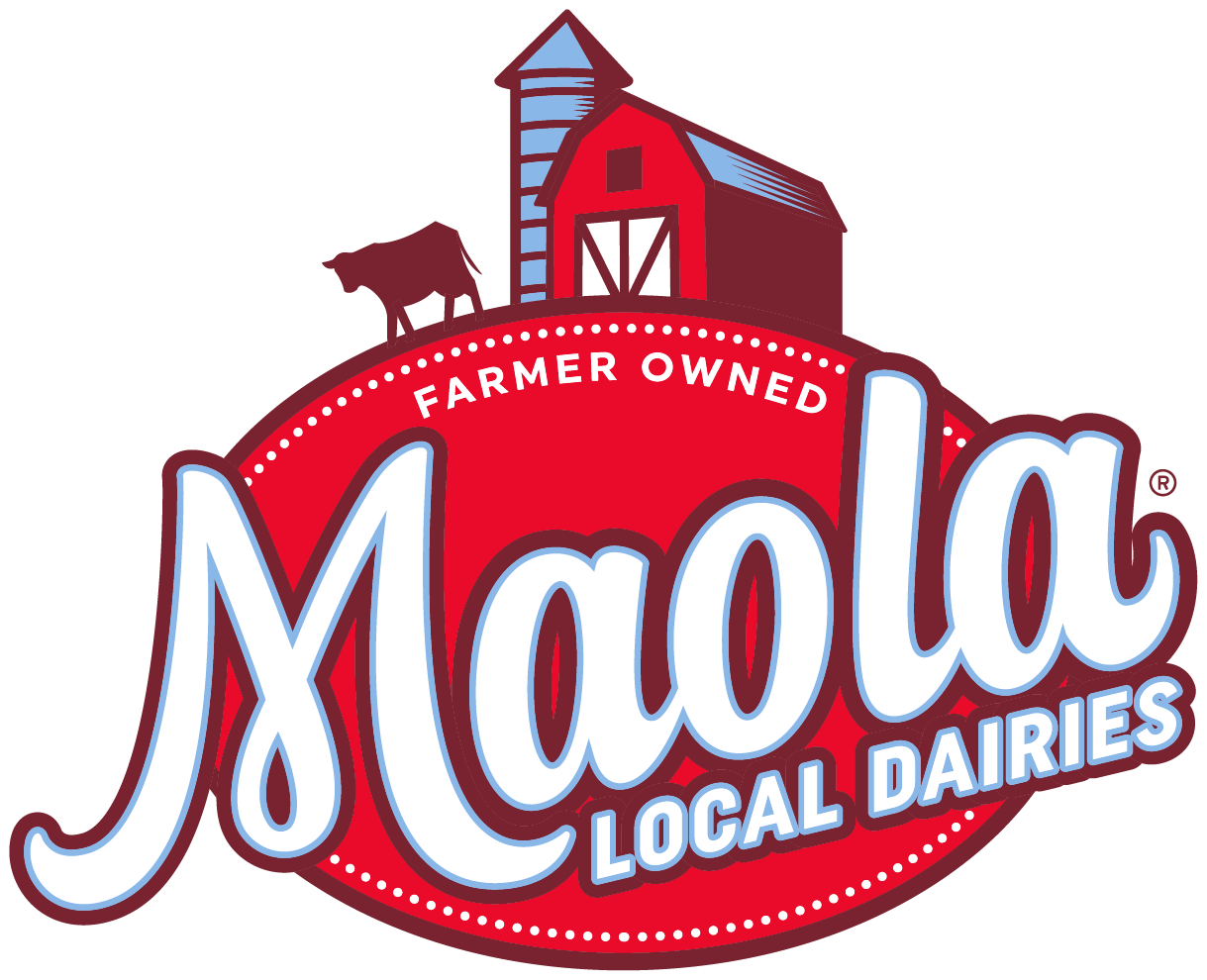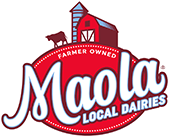
Sustainability Spotlight
Cover Crops Lead to Better Soil and Water Quality
Our Maola dairy farmers have many tools in their toolbox to be sustainable. One of those tools is the use of cover crops, a secondary crop that is planted after a main crop is harvested, which helps to reduce soil erosion and keep soil productive and healthy.
On many of our Maola dairy farms, corn is grown as a main source of feed for the cows. After the corn is harvested in the fall, farmers will plant another crop to cover the ground. This practice of planting a cover crop helps with soil conservation, water quality and even the local wildlife.
Examples of cover crops include winter wheat, rye, triticale, turnips, and radishes. Some, such as triticale (a type of grain), can also be used as feed for the dairy animals while other crops, like wheat, can be used as straw bedding as an ideal zero waste option. Maola family farm Grayhouse Farms in North Carolina use this type of secondary planting on their farm, and were winners of the Innovation Center for U.S. Dairy’s 2022 Outstanding Dairy Farm Sustainability Award for their commitment to sustainability and adoption of sustainable farming practices, which included cover crops and no-till farming.
Cover Crops Lead to Healthy Soil
Instead of leaving the soil bare for the winter, using cover crops help reduce soil erosion. Covering the ground with secondary crops reduces both wind and water erosion, helping to build up the soil and keep it in place.
Using cover crops can also improve soil fertility, soil quality and can help with nutrient recycling. A nutrient cycle is the repeated process of nutrients in the soil traveling into a living organism, like a plant, then back into the environment. This sustainability practice plays a key role in the nutrient cycle in the soil by helping to build soil organic matter.
By keeping the ground covered year-round, the soil retains its nutrients’ moisture and is healthier for the next crop that is planted. This means farmers use less fertilizers, herbicides, and pesticides, which also leads to less diesel fuel used to transport the fertilizers and tractor time on the fields.
Protecting Water Quality and the Chesapeake Bay
Cover crops help keep nutrients, like manure, from running into local waterways by slowing erosion and runoff. For Maola farmers, protecting not only the groundwater on their farm, but regional waterways like the Chesapeake Bay, is imperative to helping protect their communities.
Another advantage is increased water infiltration. Deep-rooted cover crops build organic matter and break through soil compaction layers, increasing water infiltration and reducing standing water on the soil’s surface.
Benefit for Local Wildlife
Cover crops can provide habitat for wildlife, and in some cases even provide food resources to wildlife during the winter. Earthworms and insects that thrive in cover crop fields are a source of food for birds.
Maola farmers want their farms to be sustainable and are increasingly implementing cover crops on their farms to ensure their farms are sustainable for future generations.

